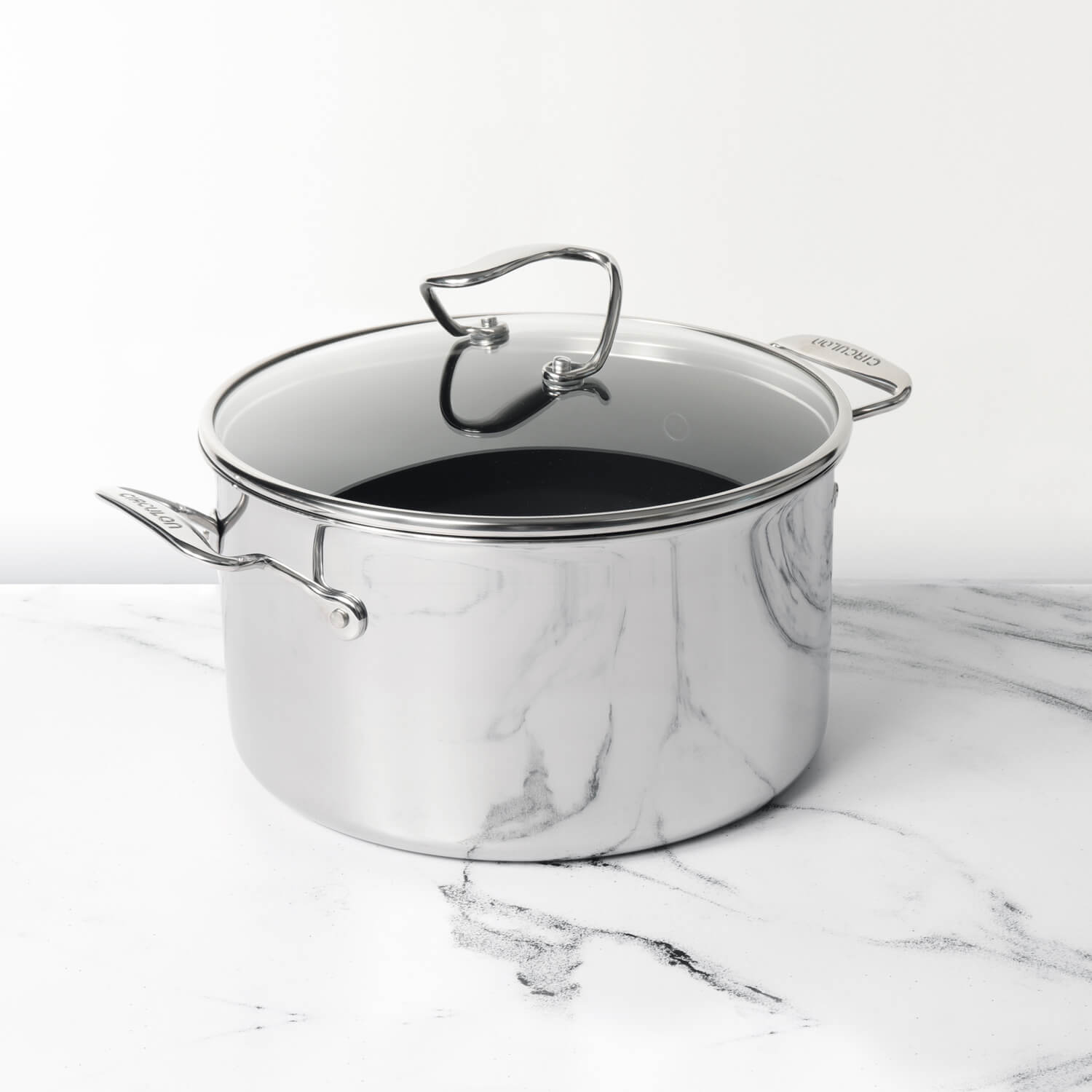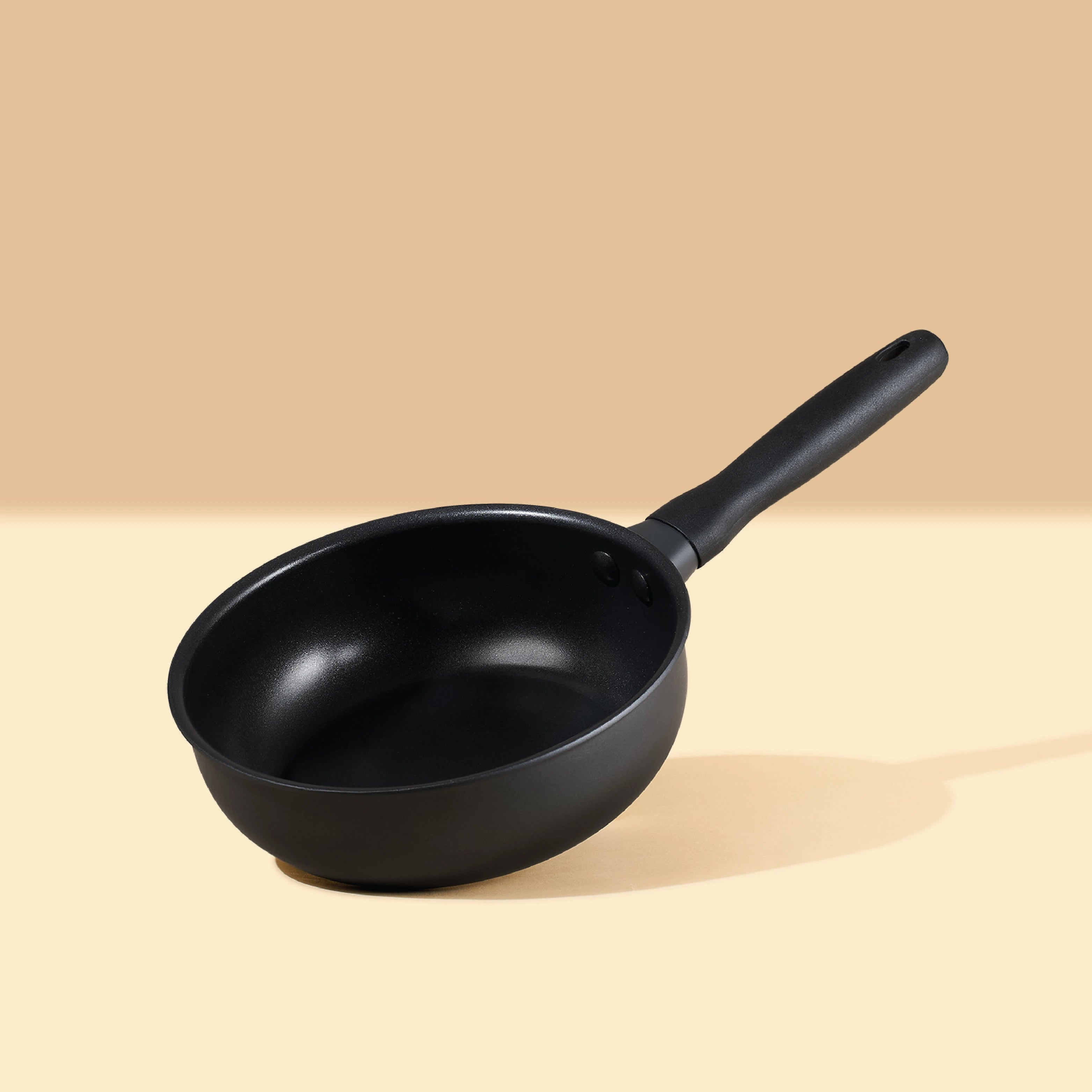Finger millet, also known as ragi, is widely regarded as a superfood due to its exceptional nutritional content and various health benefits. This nutrient-dense grain is notably high in calcium, iron, dietary fiber, and essential amino acids, making it an excellent source of nutrients crucial for bone health, iron absorption, digestion, and overall well-being. Ragi's high calcium content aids in bone development and maintenance, particularly beneficial for growing children and individuals at risk of osteoporosis. Its substantial iron content supports hemoglobin production and helps combat iron deficiency anemia.
Table of Contents
What Is Ragi?
Ragi, also known as finger millet, is a small-seeded grain cultivated in various parts of the world, primarily in Africa and Asia. It is considered an ancient grain and is highly valued for its nutritional benefits. Ragi grains are reddish-brown and tiny, resembling the size of mustard seeds. The grain is gluten-free, making it suitable for individuals with gluten sensitivities or celiac disease.
Ragi is known for its exceptional nutritional profile, being rich in calcium, iron, dietary fiber, and essential amino acids. It is particularly known for its high calcium content, making it beneficial for bone health, especially in preventing conditions like osteoporosis. Additionally, its low glycemic index makes it a suitable grain for managing blood sugar levels, aiding in diabetes management.
This versatile grain can be used to prepare various dishes such as porridge, flatbreads (roti or chapati), dosa, idli, and baked goods like cookies or bread. Ragi is also used in the production of infant food due to its high nutritional value and easy digestibility.
Health Benefits Of Finger Millet:
- Rich in Nutrients: Ragi is abundant in calcium, iron, dietary fiber, antioxidants, and essential amino acids, making it a highly nutritious grain. It is particularly beneficial for individuals with iron deficiency and those requiring calcium intake.
- Gluten-Free and Easily Digestible: Ragi is naturally gluten-free, making it a suitable grain for individuals with gluten sensitivities or celiac disease. Additionally, it's easily digestible and gentle on the stomach.
- Promotes Bone Health: Its high calcium content supports bone development and helps maintain bone density, making it beneficial for growing children and older adults to prevent conditions like osteoporosis.
- Manages Diabetes: Ragi has a low glycemic index, aiding in managing blood sugar levels. Its high dietary fiber content slows down the absorption of sugar, which is beneficial for individuals with diabetes or those at risk.
- Supports Weight Loss: Ragi's high fiber content provides satiety, helping control hunger pangs and aiding in weight management. Its low-fat content makes it a healthy addition to a weight loss diet.
- Rich in Antioxidants: Ragi contains antioxidants like polyphenols and flavonoids, which help fight oxidative stress and reduce the risk of chronic diseases.
- Improves Digestive Health: The dietary fiber in ragi promotes healthy digestion, prevents constipation, and maintains gut health.
- Boosts Immunity: Ragi's nutritional profile, including vitamins and minerals, helps strengthen the immune system, supporting overall health and well-being.
Which Type Of Millet Is The Best?
Determining the "best" type of millet often depends on individual preferences, dietary needs, and the intended culinary use. Each type of millet offers unique nutritional benefits and taste profiles. Here are a few popular types of millets and their characteristics:
- Foxtail Millet (Thinai): Known for its versatility and mild flavor, foxtail millet is rich in minerals like iron, calcium, and magnesium. It's commonly used in making rice substitutes, upma, porridge, and various other dishes.
- Pearl Millet (Bajra): Pearl millet is a drought-resistant variety rich in iron, protein, and fiber. It's popular in regions with arid climates and used to make rotis, porridge, and baked goods.
- Finger Millet (Ragi): Finger millet, also known as ragi, is a nutrient-dense millet high in calcium, iron, and amino acids. It's commonly used to make porridge, dosa, roti, and baked goods.
- Barnyard Millet (Kuthiraivali): Barnyard millet is rich in fiber and iron and has a texture similar to rice. It's used in making pongal, upma, and other dishes.
- Little Millet (Samai): Little millet is rich in dietary fiber, B vitamins, and minerals. It's often used in making rice dishes, upma, and idlis.
How Is Finger Millet Different From Other Millets?
Finger millet, commonly known as ragi, is a specific type of millet among various millet varieties. The term "regular millet" is often used as a general reference to different types of millets collectively. Here are the primary differences between finger millet (ragi) and other millets:
- Grain Characteristics: Finger millet (ragi) is distinct in appearance, characterized by small grains that resemble tiny fingers, which gives it its name. Other millet varieties, such as foxtail millet, pearl millet, little millet, barnyard millet, and proso millet, have different grain shapes, sizes, and colors.
- Nutritional Composition: Each type of millet has its unique nutritional profile. Finger millet (ragi) is particularly known for its rich calcium, iron, and amino acid content, making it a significant source of these nutrients compared to some other millets. However, various millets share common attributes of being gluten-free, rich in fiber, vitamins, and minerals.
- Culinary Use: Finger millet (ragi) is commonly used to make porridge, dosa, roti, and baked goods due to its versatility. Other millets have their specific culinary uses, such as making rice substitutes, porridge, rotis, or baked items, depending on the variety.
- Cultivation and Availability: Different millets are cultivated in various regions worldwide based on climate and soil conditions. Finger millet (ragi) is prevalent in certain regions of Africa and Asia, while other millet varieties might be more common in different geographic areas.
While finger millet (ragi) is a type of millet, the term "regular millet" encompasses a range of other millet varieties, each with its unique characteristics, nutritional content, and culinary uses. Incorporating different types of millets into your diet provides a diverse array of nutrients and health benefits.











Leave a comment